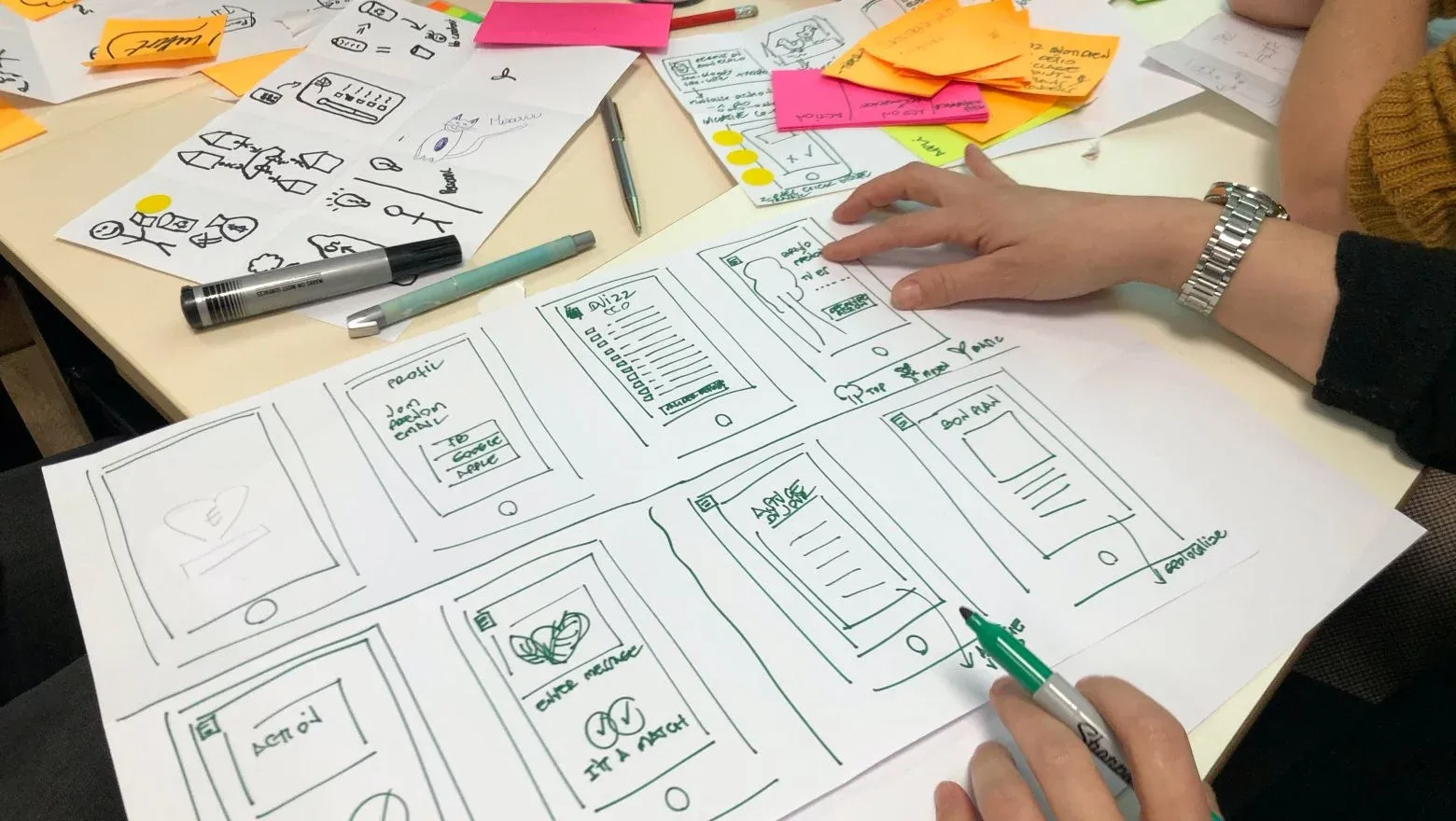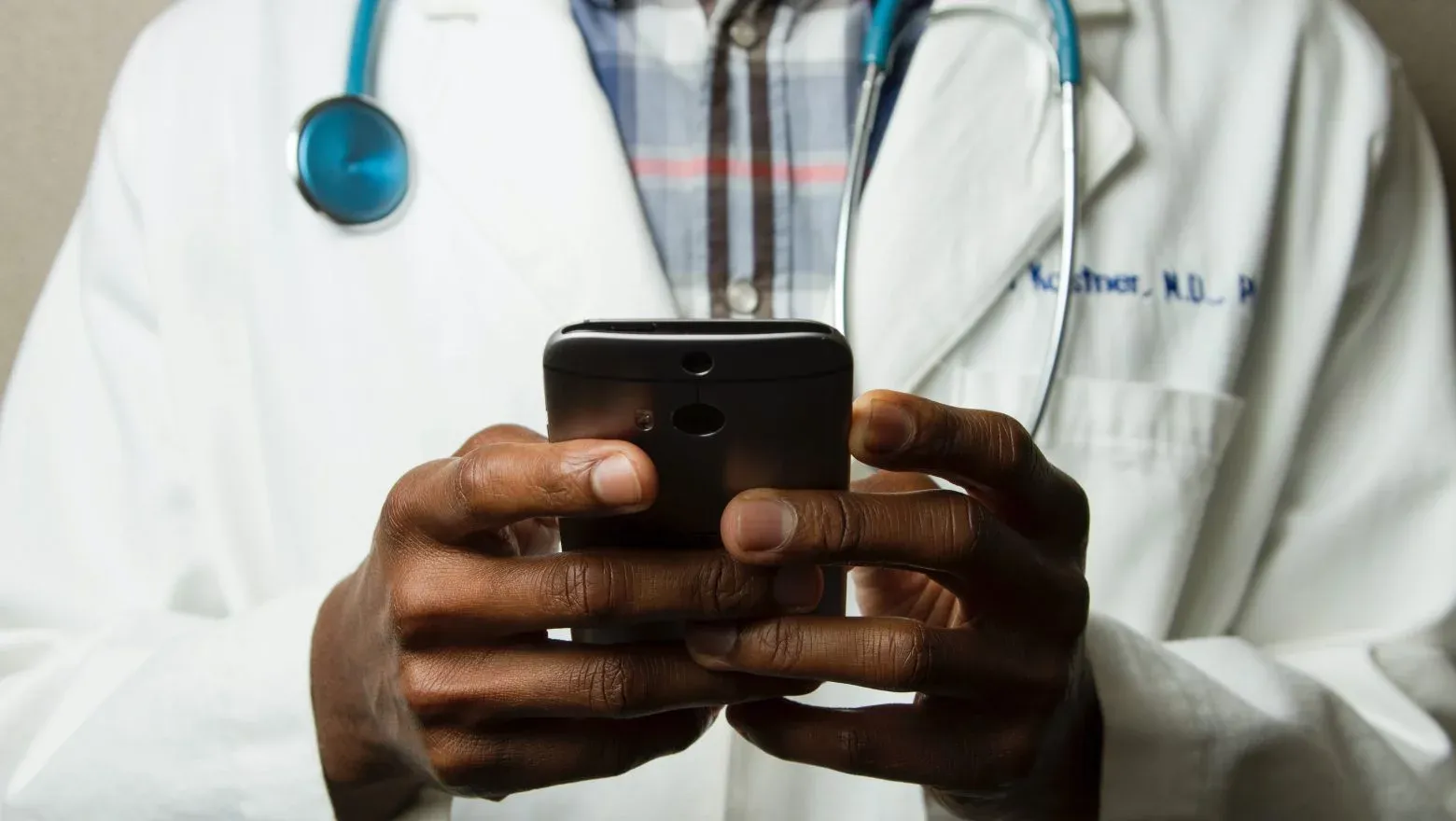Research lab
How to convince Patients to use new Health Technologies
December 18, 2024 · 5 min read

Max Mamoyco
CEO
Innovation in digital health is moving fast, but trust isn’t keeping up. Many patients hesitate to adopt new tools, not because they lack value, but because they feel unfamiliar, complex, or impersonal.
So how do we change that? By taking cues from industries that have mastered trust-building—streaming platforms, gaming apps, e-commerce, and even self-checkout systems.
Here are seven unconventional strategies, with real-world health app examples, to make new technology feel intuitive, engaging, and, most importantly, trustworthy.
By the way, we’ve also included a list of additional tactics focused on engagement, retention, and other key metrics—check it out below!
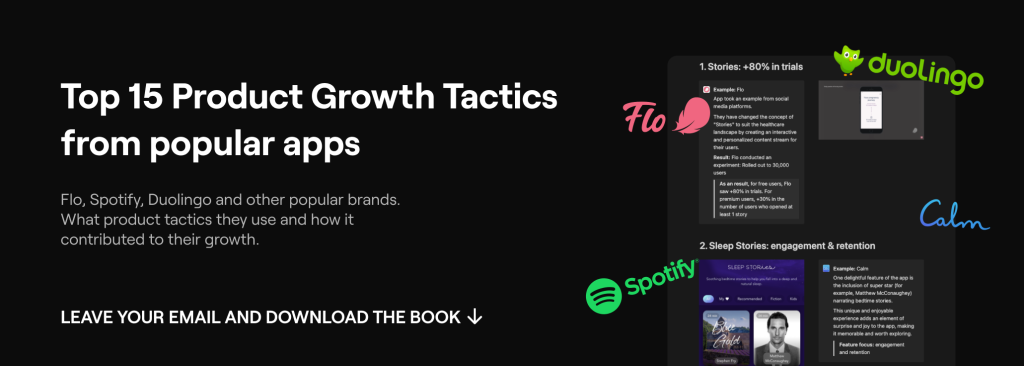
1. The Grandma Test: Making Tech Feel Familiar
If a technology feels intimidating, patients won’t use it. Instead of marketing digital health tools as cutting-edge, reframe them using metaphors that patients already trust.
A telemedicine platform can be positioned as "FaceTiming your doctor" rather than "a remote patient monitoring solution." Apple Pay gained widespread trust not by touting its encryption but by mirroring the familiar action of using a credit card.
2. The Airbnb Effect: Trust Through Peer Reviews
Patients trust other patients more than they trust institutions. Implementing community-driven trust-building features can ease concerns.
Just as travelers rely on Airbnb reviews, a health app can showcase real patient testimonials, usage stats, and doctor recommendations. When a diabetes management app shows "85% of users saw improved glucose levels within 3 months," it builds confidence. Or if you see a big number :)
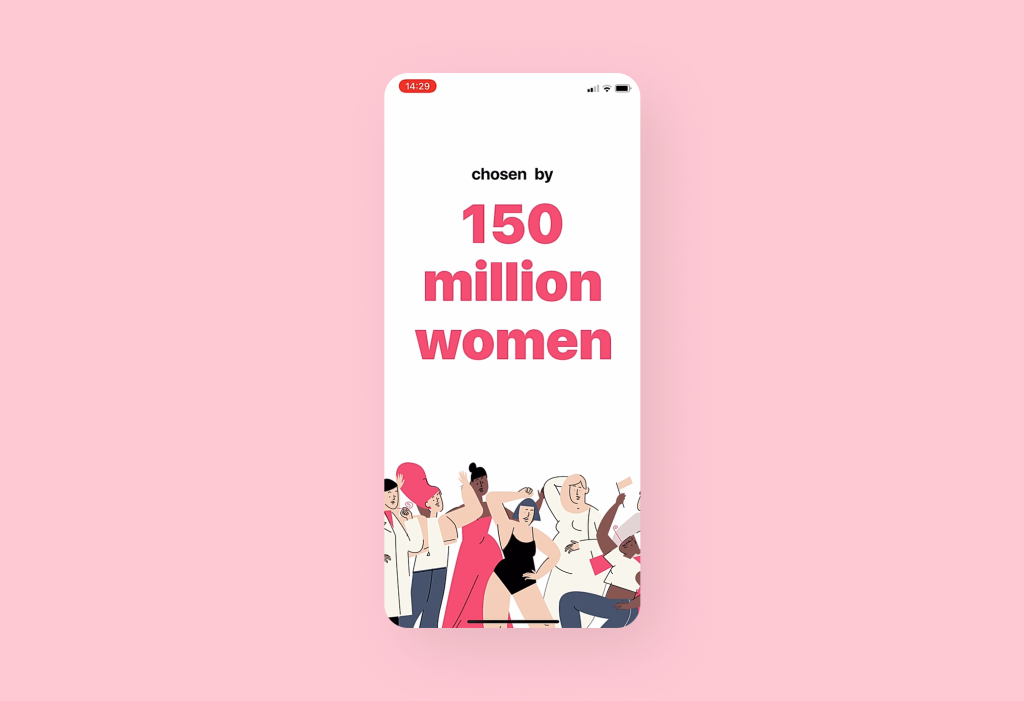
image credit: Flo
3. The Netflix Trick: Personalized Nudges, Not Overwhelm
If onboarding feels like learning a new language, patients will opt out. Instead, introduce features gradually, just like Netflix suggests content based on past viewing behavior.
Example: a mental health app could start by asking a single question: "How’s your mood today?" Over time, it can introduce journaling, mindfulness exercises, or therapist matching—without overwhelming the user on day one.
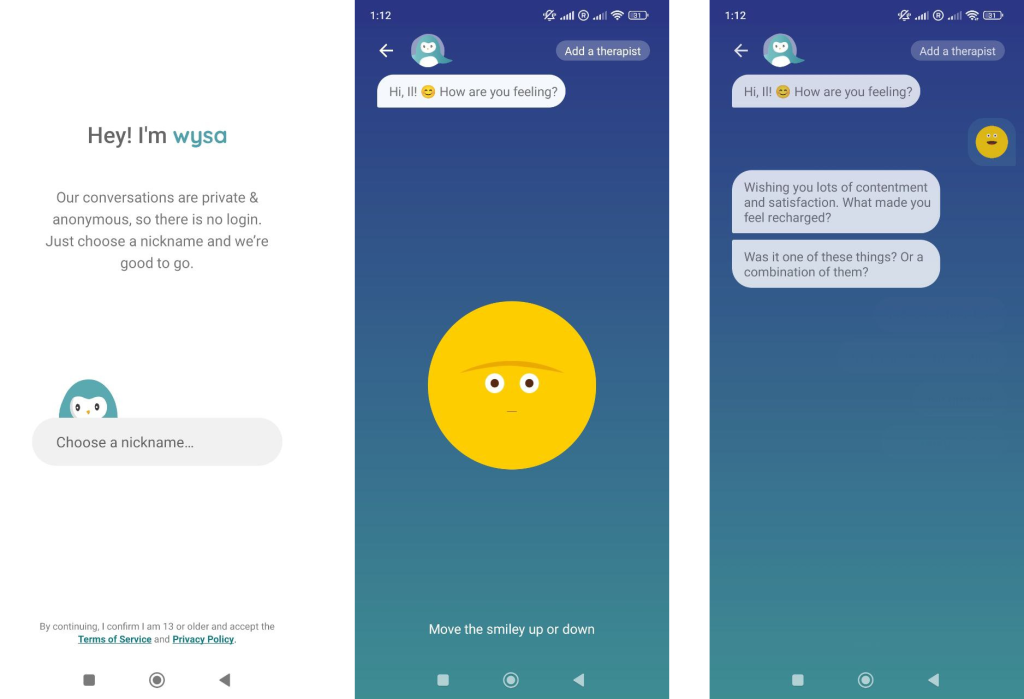
image credit: Wysa
4. The Pokémon GO Principle: Gamify Engagement
Patients engage with technology when it’s fun and rewarding. Gamification isn’t just for kids; it’s a proven method to build habit formation.
Example: A medication adherence app could turn taking pills into a streak challenge, rewarding consistency with badges or even discounts on prescriptions. Just as fitness apps celebrate step goals, health tech can reward progress with tangible benefits.
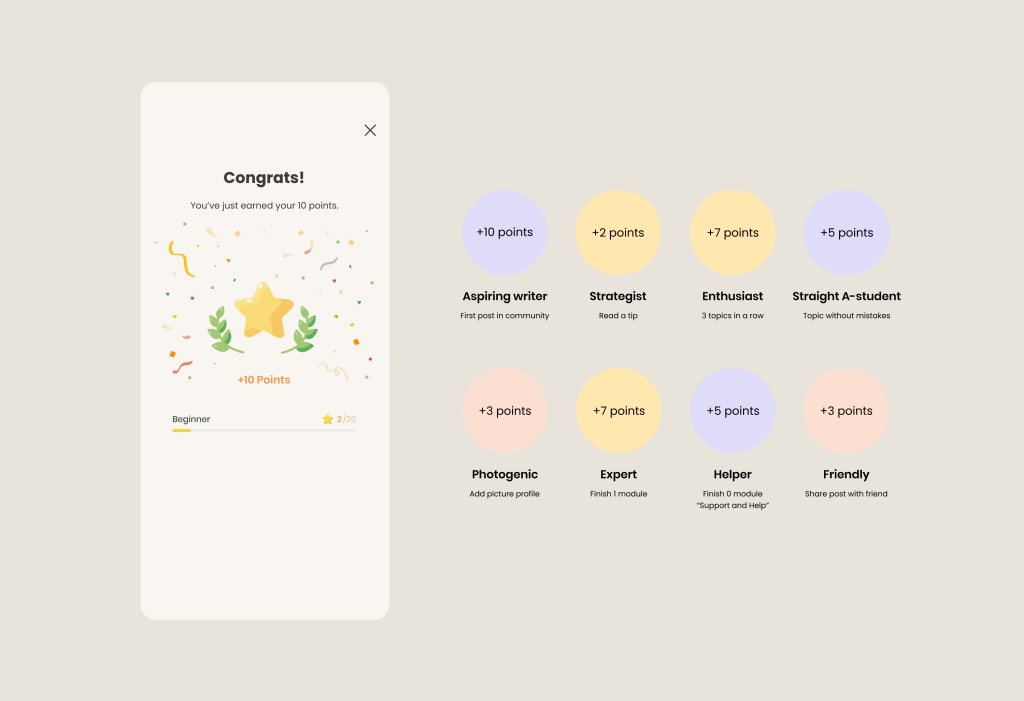
5. The IKEA Effect: Let Patients “Build” Their Own Experience
People value things more when they put effort into creating them. When patients have control over their experience, they trust the system more.
Instead of pre-loading a chronic care app with generic modules, allow users to customize their journey—choosing whether they want weekly progress emails, symptom tracking, or access to peer support groups. The more they shape their experience, the more invested they become.
Example from our practice: The mental health app Nuna features an AI companion that personalizes the user journey by providing tailored exercises and tools based on conversations with the patient.
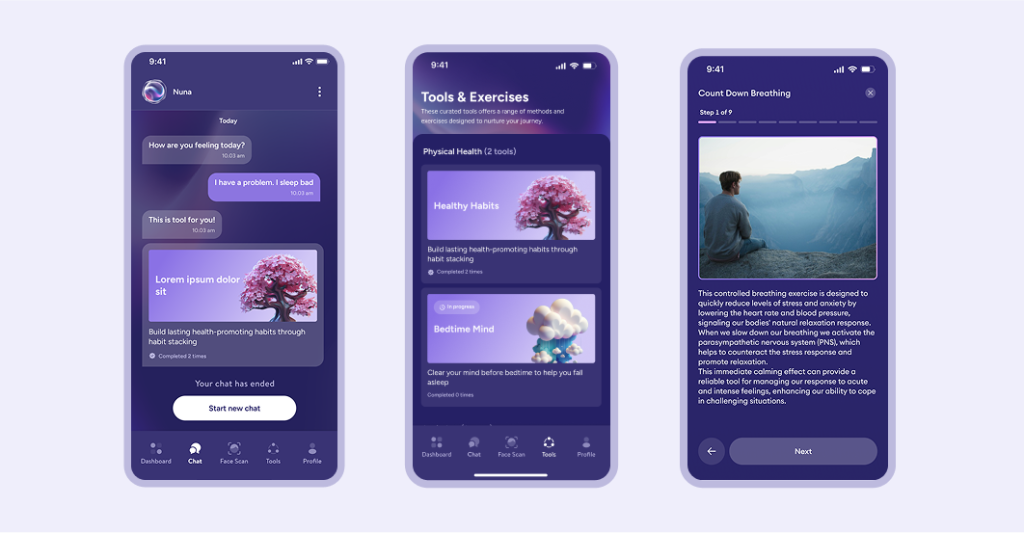
6. The Disney Magic: Create Moments of Delight
Patients expect healthcare technology to be clinical and serious. Surprise them with moments of delight to create positive emotional connections.
A mental health monitoring app could integrate cheerful animations when a child completes a check-in. A telehealth platform could feature a "Good News Corner" sharing success stories of patients who improved with its tools.
For example, it can be a VR app that transforms needle procedures into an underwater adventure, reducing stress and creating a positive experience.
7. The Self-Checkout Strategy: Give Users Control
Just like self-checkout lanes reduce friction in retail, giving patients or doctors control over data and decisions fosters trust.
Example from our practice: The personalized medicine NLD platform for mental health management provides medical specialists with extensive options for easily customizing complex data
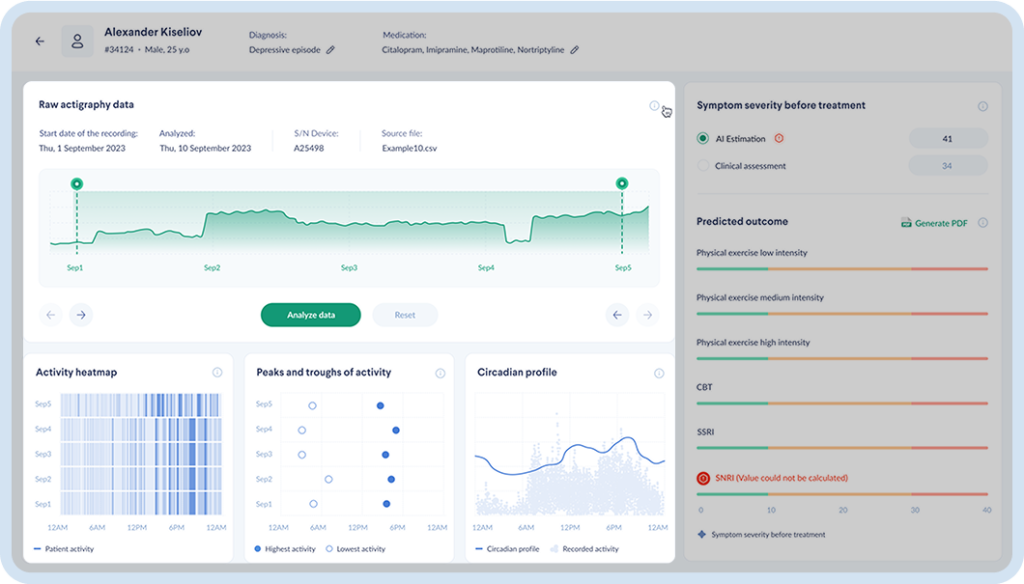
Who we are? We are a digital health product studio, who transforms healthcare digital experiences and sets new standards for delivering digital healthcare in a way that positively impacts people’s lives.

We assist healthcare startups in designing and developing digital products, while also helping healthcare organizations undergo transformative changes.
If you are interested about our experience check our portfolio with case studies by the link or you can read more about us here.
And write to us now on m@nozomihealth.com and we will discuss how we can help ensure that your product brings real benefits
Related posts
Subscribe to receive latest hacks from our research team
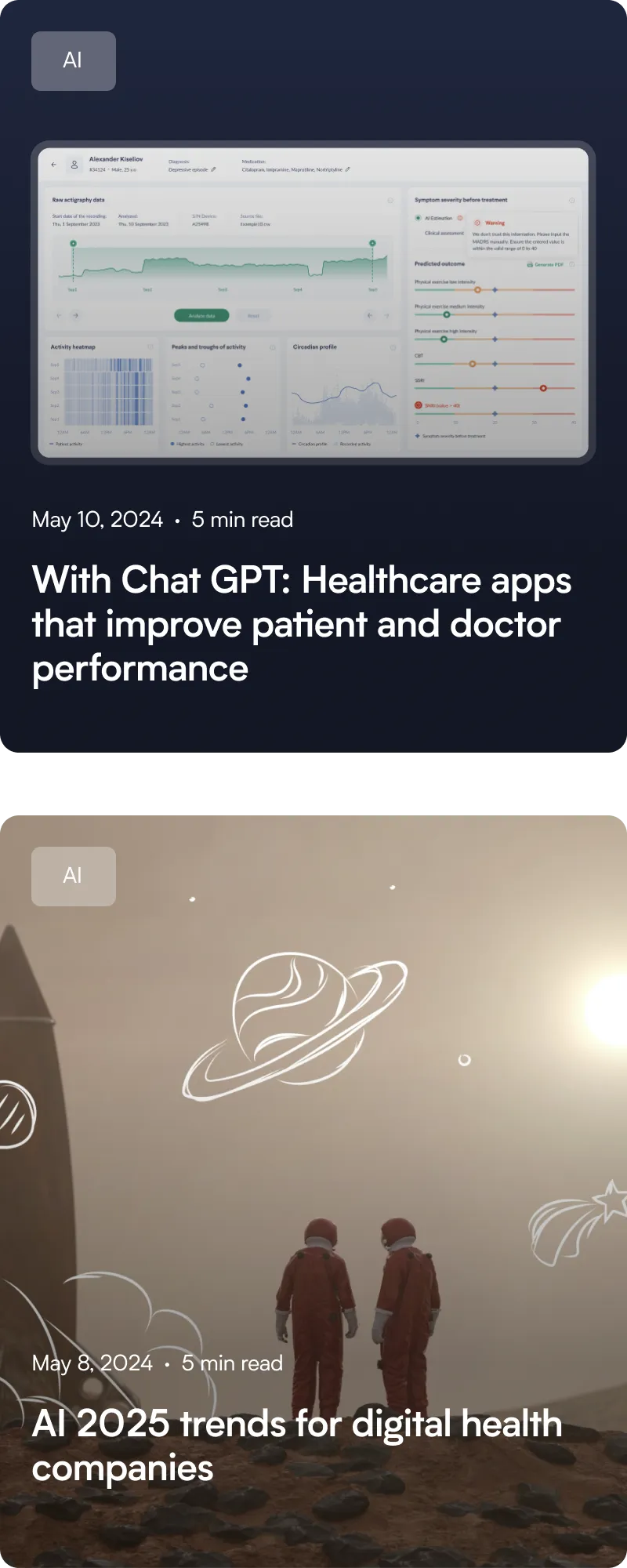



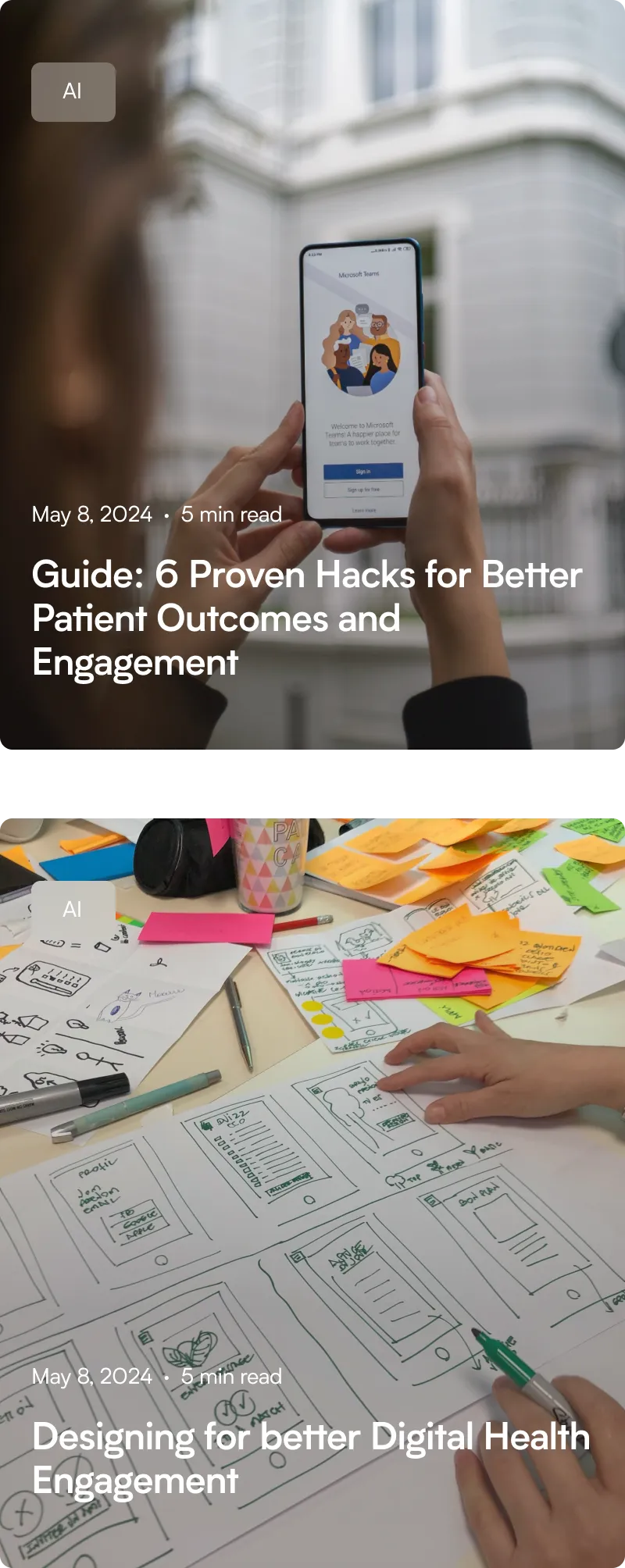



10K
subscribers including top leaders read our newsletter
Contact us
Email, call or complete the form to learn how we can help you.
Email
m@nozomihealth.com
Phone
+48 514-468-485
Leave us a message
Drop us a message and we’ll reply within a day


